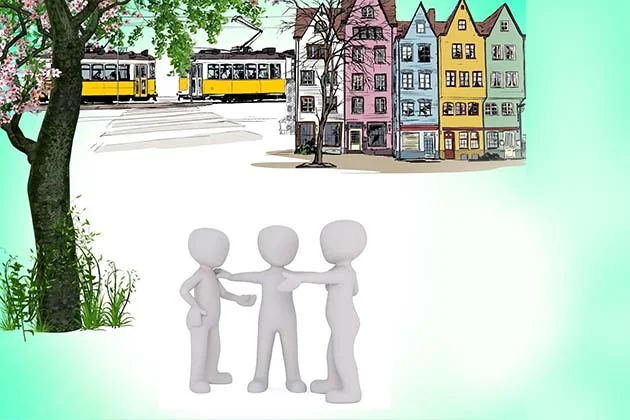If you have filed for a fraud or negligence case, you want to settle as fast as possible. However, you may not be in a position to attend court hearings and testify. While this can have a significant impact on your case, you can explore alternative solutions.
The truth is that not all cases go to trial in a federal court. As an alternative, they are tried by arbitrators. Many cases can reach a successful settlement during the pretrial motions. At the beginning of the lawsuit, the lawyer will discuss their clients’ goals concerning the issue. They will then help their client understand the legal options, with going to a trial being the final option in most cases.
Many cases only get to the early litigation stages before the involved parties agree to the settlement or other suitable resolutions. Knowing how to settle a case before going to trial can help you prepare for what lies ahead. It can also help your case if you cannot testify or attend trials.
But how can you handle a case if a client cannot testify? This article details some potential avenues that can help you settle a case without a trial.
1. Mediation
Mediation involves a neutral person known as a mediator. The role of the mediator is to help both parties involved in the case communicate and find a solution to the dispute. Both parties should be happy with the answer. The mediator does not make any decisions or offer solutions to the conflict. They are only there to help the parties in dispute discuss the problem, so they explore the different options and find a solution independently. In mediation, the outcome of the case depends on the decision of the parties involved.
2. Arbitration
In arbitration, the parties under dispute work with a neutral third party known as an arbitrator. The role of the arbitrator is to listen to the position and arguments presented by the disputing parties, look at the evidence presented, and decide the dispute. The decision made by the arbitrator is referred to as an award. Unlike a trial, simplified arbitration explores less formal methods to come to a conclusion. Arbitration can either be binding or nonbinding.
If you choose to work with binding arbitration, both sides decide to accept the decision made by the arbitrator as the final settlement regardless of how much they like it. The disputing parties also waive the right to a trial, so the case cannot go to trial after the arbitrator decides. In nonbinding arbitration, the disputing parties are under no obligation to accept the decision made by the arbitrator. If one party does not agree with the decision, they can take the matter to trial.
3. Neutral Evaluation
In neutral evaluation, the disputing parties work with someone known as an evaluator. The evaluator has to listen to the arguments and evidence provided by the disputing parties. After analyzing the facts of the case, the evaluator gives their opinion regarding the weaknesses and strengths of the case from the point of view of both parties. They also make suggestions on how they can potentially solve the issue. In most cases, the evaluator has extensive knowledge or expertise in the subject causing the dispute. Although the opinion offered by the evaluator is not binding, it often provides a reasonable basis for the disputing individuals to try and find a solution to the dispute and reach a settlement.
4. Settlement Conference
Like the other methods of solving a dispute out of court, a settlement conference involves a neutral third party known as a settlement officer. A judge could also play the role of a neutral third party. The settlement officer does not decide on how to settle the case. However, they help both parties look at the strengths and weaknesses of the issue and find a settlement on their own. In some cases, the court may require the parties involved in the dispute to find a settlement through a settlement conference. In other cases, the disputing parties may choose to do it with no obligation from the court. In the case of mandatory settlement conferences, the conference is set for a date close to the day of trial.
Solving a dispute and finding a settlement without going to court comes with various benefits for the parties involved. If you need to handle a disagreement where the client cannot testify, explore different options. You can choose to go with mediation or arbitration, where you work with a mediator and arbitrator, respectively. Arbitration can be binding, in which case both parties will have to accept the arbitrator’s decision as final. It can also be nonbinding where the parties can explore different options, including going to trial. Other options include settlement conferences and neutral evaluation.











